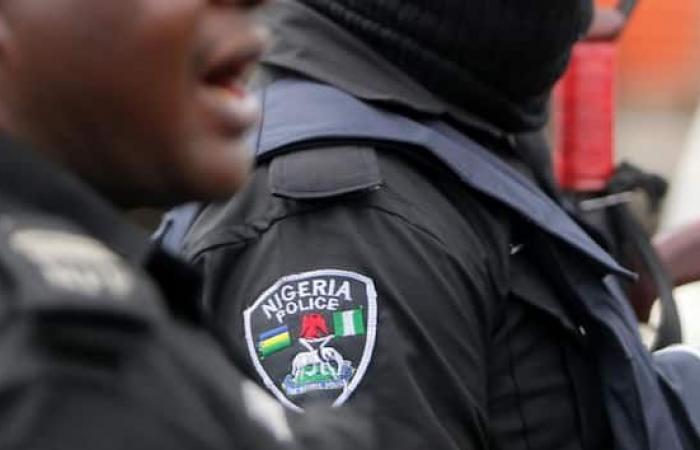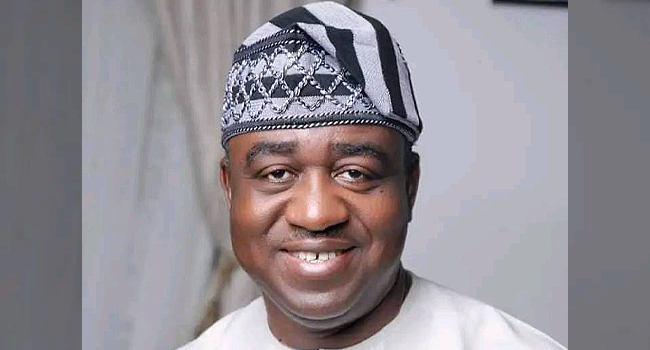The Transmission Company of Nigeria (TCN) on Sunday announced the collapse of the national grid in some parts of the country.
The TCN General Manager, Public Affairs, Ndidi Mbah in a statement attributed the collapse to the vandalisation of its tower number 388 along the Jos-Bauchi, 132kV Single Circuit transmission line.
Mbah said that the incident, suspected to have occurred on February 1, 2024, at about 10:20 pm, led to the power outage in Yobe, Lagos and Borno states.
TCN said,
“Following a line trip in Jos, Plateau State and bearing in mind past experiences associated with line tripping in that axis, the General Manager, Transmission of Bauchi Region, Engr. Tijjani Ahmadu invited the police anti-bomb squad and the Department of State Services (DSS) to accompany the TCN line crew and investigate the transmission line to find the cause of the tripping.
“Upon inspection, the team uncovered remnants of detonated explosives by vandals by the tower legs, which had exploded and caused the tower to collapse.
“This incident mirrors a recent and similar act on December 21, 2023, which brought down towers T372 and T373 along the Gombe-Damaturu 330kV Single Circuit transmission line, killing a security operative and affecting power supply in the same Yobe, Lagos and Borno states.
“The line and towers from the December incident were fully reconstructed and energized on February 2, 2024.
“Meanwhile, TCN has engaged one of its contractors on an emergency basis to quickly mobilise to the site of the incident to commence the reconstruction and restringing of the affected line and tower.
“While TCN is determined to keep working at rehabilitating and further expanding the nation’s bulk power transmission network, to ensure consistent bulk power transmission, it is pertinent to note that the continued vandalism and theft of power equipment is a constant setback to the ongoing implementation of the transmission system expansion plan.
“This is because funds earmarked for grid expansion are usually diverted as a matter of emergency, to repair vandalized power infrastructure, and sometimes to avert grid collapse.”

















